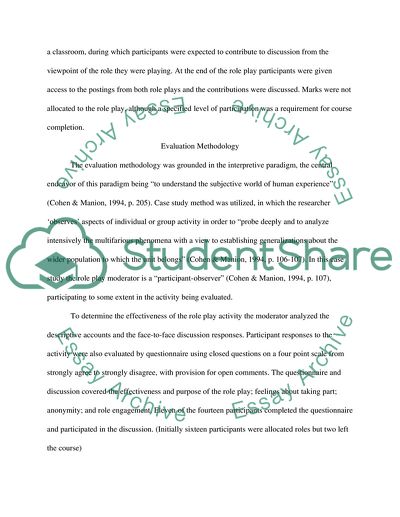Cite this document
(Debriefing and Evaluation of the Role Play Essay, n.d.)
Debriefing and Evaluation of the Role Play Essay. Retrieved from https://studentshare.org/education/1709033-external-assignment-1
Debriefing and Evaluation of the Role Play Essay. Retrieved from https://studentshare.org/education/1709033-external-assignment-1
(Debriefing and Evaluation of the Role Play Essay)
Debriefing and Evaluation of the Role Play Essay. https://studentshare.org/education/1709033-external-assignment-1.
Debriefing and Evaluation of the Role Play Essay. https://studentshare.org/education/1709033-external-assignment-1.
“Debriefing and Evaluation of the Role Play Essay”, n.d. https://studentshare.org/education/1709033-external-assignment-1.


